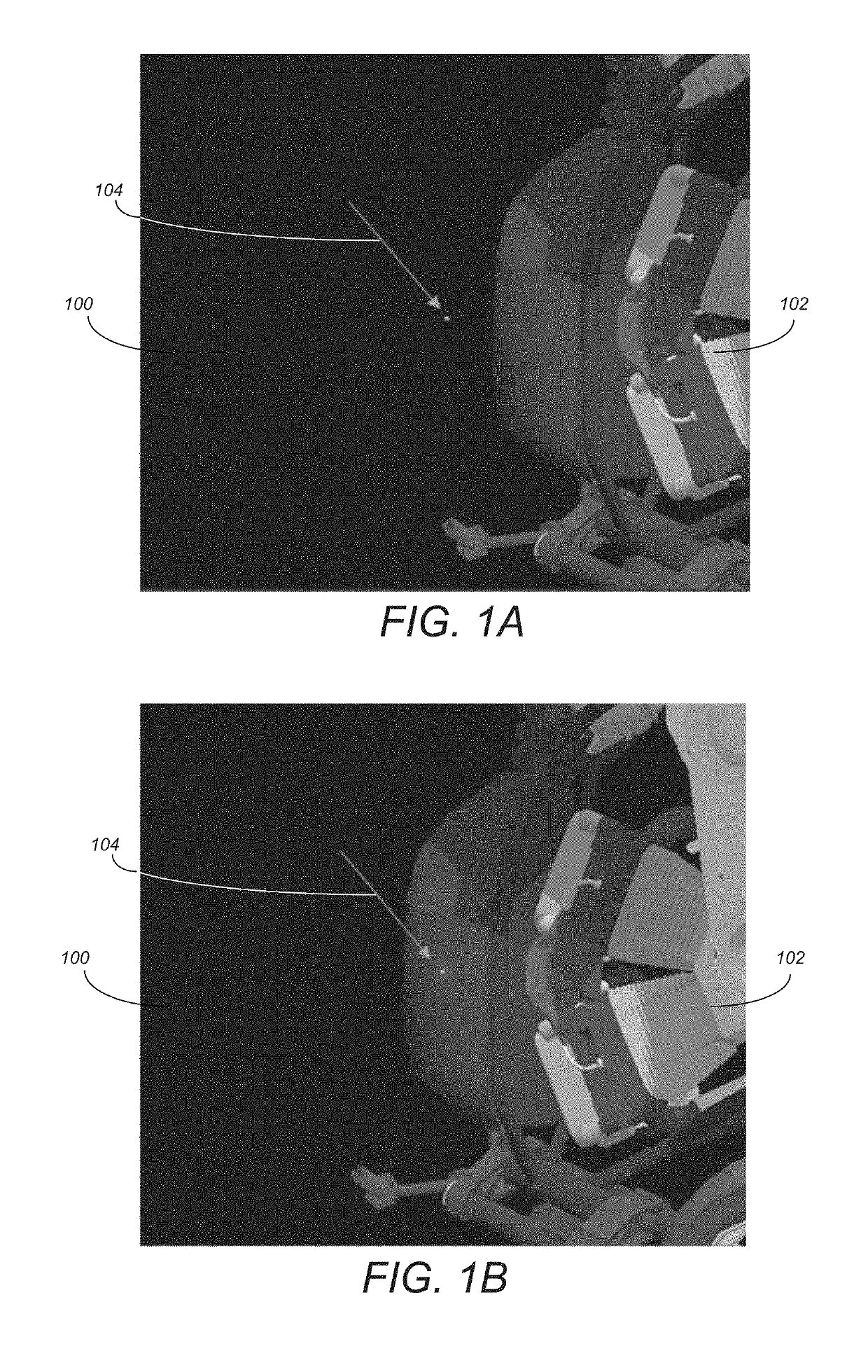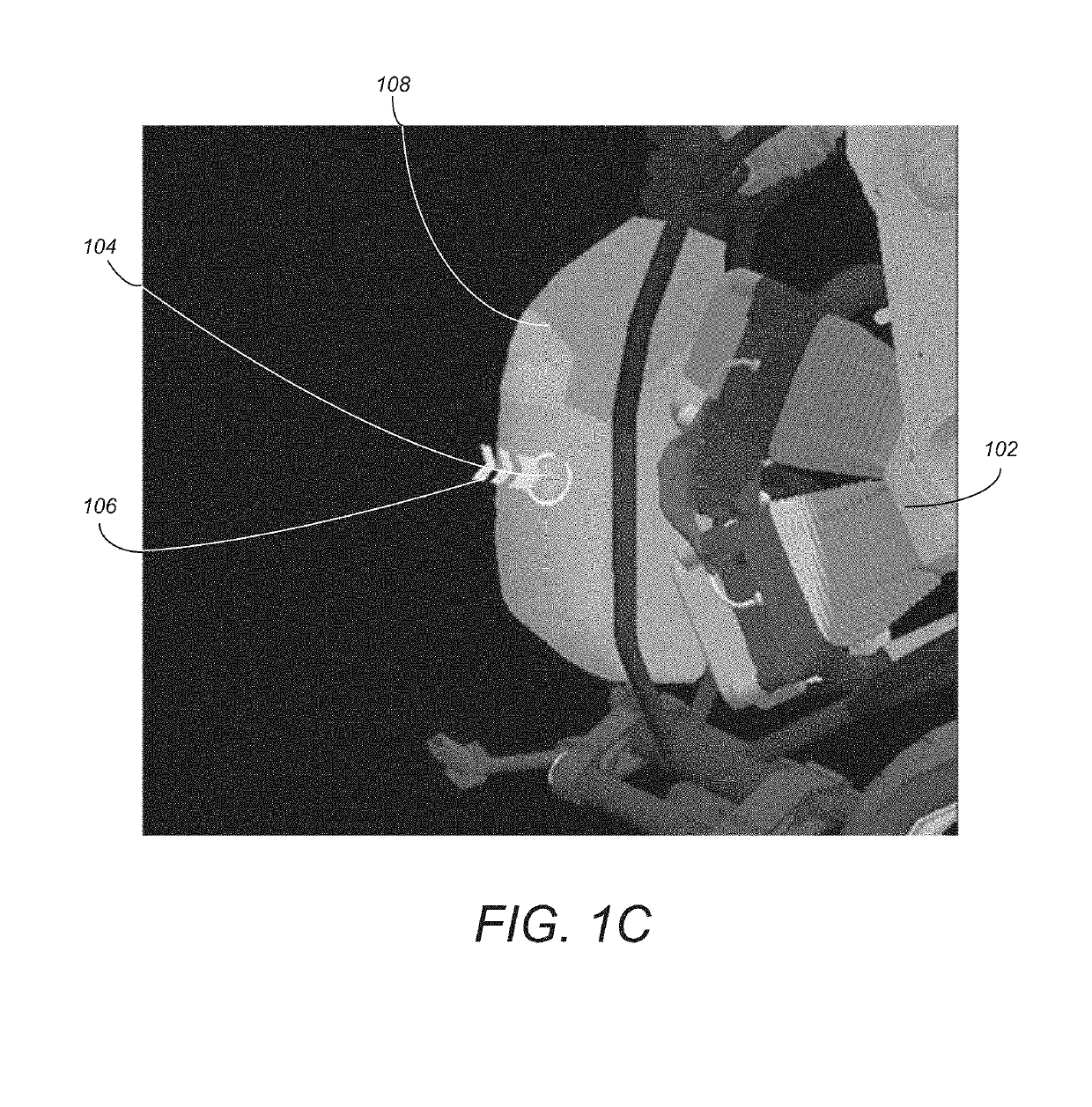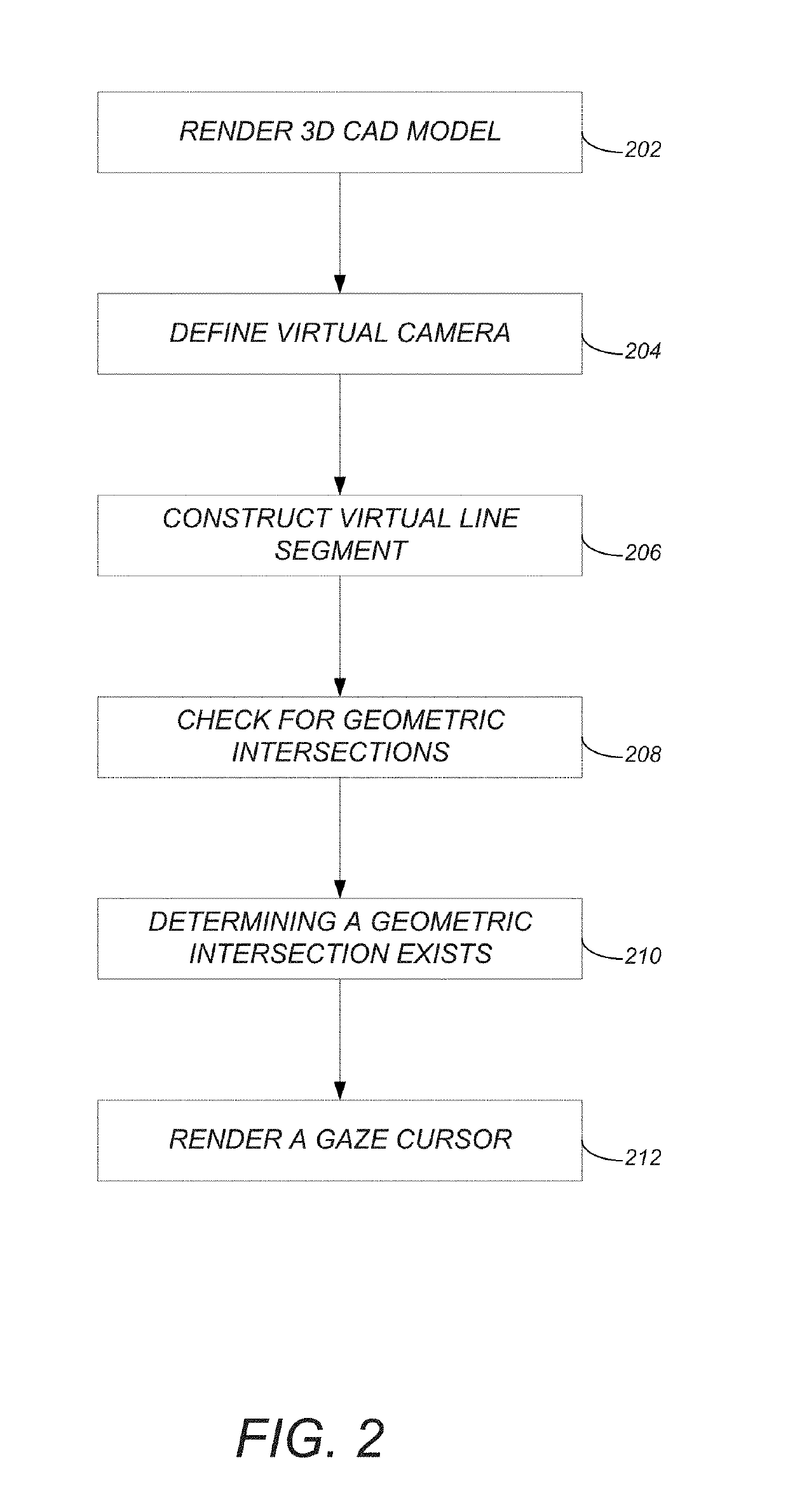Collaborative augmented reality system
a collaborative, augmented reality technology, applied in the field of collaborative augmented reality systems, can solve the problems of steep learning curve, limited prior art cad system, small static physical display devices that fail to provide the ability for a user to accurately visualize the model and the relative size of the model in physical space, and achieve the effect of reducing distraction
- Summary
- Abstract
- Description
- Claims
- Application Information
AI Technical Summary
Benefits of technology
Problems solved by technology
Method used
Image
Examples
Embodiment Construction
[0026]In the following description, reference is made to the accompanying drawings which form a part hereof, and which is shown, by way of illustration, several embodiments of the present invention. It is understood that other embodiments may be utilized and structural changes may be made without departing from the scope of the present invention.
System Overview
[0027]Embodiments of the invention provide a collaborative visualization system (also referred to herein as ProtoSpace™, the Protospace™ AR system, or the Protospace™ application) for mechanical CAD models in augmented reality. One or more embodiments operate as an application within a head mounted display or other type of wearable computer (e.g., MICROSOFT HOLOLENS™). Embodiments may also include a set of network servers that facilitate communication and data storage as well as a web-based interface. In a typical usage session, one or more users wearing a head mounted display launch the application and load a CAD model. The C...
PUM
 Login to View More
Login to View More Abstract
Description
Claims
Application Information
 Login to View More
Login to View More - R&D
- Intellectual Property
- Life Sciences
- Materials
- Tech Scout
- Unparalleled Data Quality
- Higher Quality Content
- 60% Fewer Hallucinations
Browse by: Latest US Patents, China's latest patents, Technical Efficacy Thesaurus, Application Domain, Technology Topic, Popular Technical Reports.
© 2025 PatSnap. All rights reserved.Legal|Privacy policy|Modern Slavery Act Transparency Statement|Sitemap|About US| Contact US: help@patsnap.com



